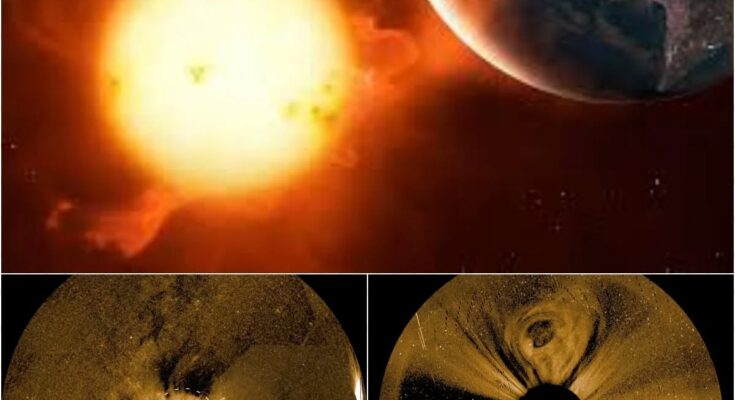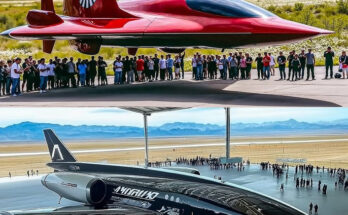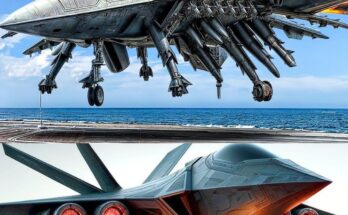At the 246th American Astronomical Society (AAS) meeting in Anchorage, Alaska, scientists were left in awe as NASA’s Polarimeter to Unify the Corona and Heliosphere (PUNCH) mission unveiled its first breathtaking images. Led by principal investigator Craig DeForest, the mission has already captured jaw-dropping visuals of coronal mass ejections (CMEs)—colossal bursts of solar material hurtling through space—despite the spacecraft not yet reaching their final formation. These images, revealed on June 10, 2025, hint at a cosmic spectacle that could transform our understanding of the Sun’s ferocious power and its hidden threats to Earth.
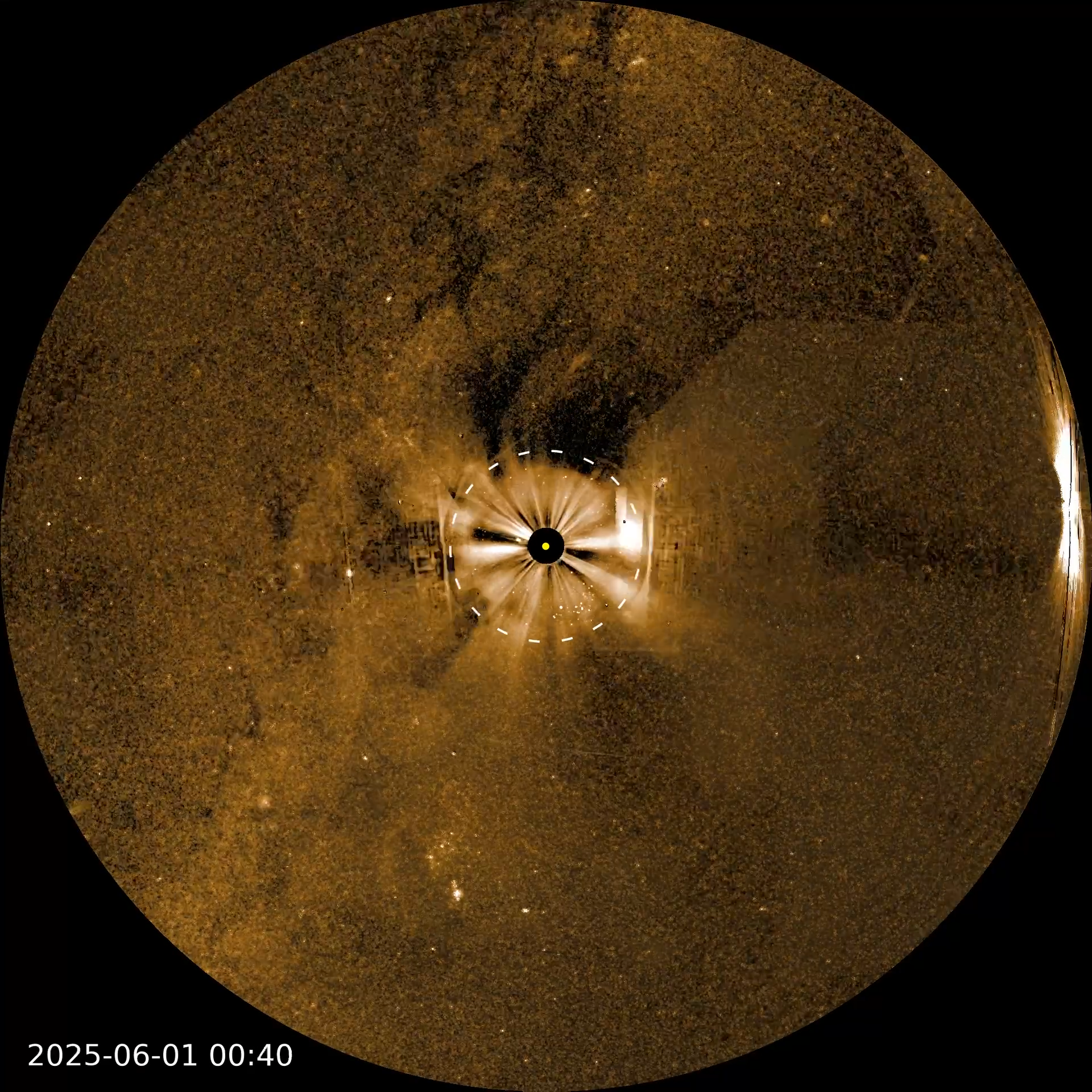
A New Lens on the Sun’s Wrath
PUNCH’s images are nothing short of revolutionary. Unlike any before, they capture CMEs in stunning detail, revealing the intricate dance of plasma and magnetic fields as they erupt from the Sun and surge across the inner solar system. “For the first time, we can view the corona and solar wind as a single, interconnected system,” DeForest explained. This unified perspective is a game-changer, offering scientists a clearer view of how these solar storms evolve and, crucially, how they might impact Earth.

CMEs are not just celestial fireworks; they’re potential harbingers of chaos. These massive eruptions can unleash streams of charged particles that disrupt satellites, communications networks, and even power grids on Earth. By providing unprecedented clarity, PUNCH’s images are a critical step toward predicting space weather with pinpoint accuracy, safeguarding our technology-dependent world.
The Power of PUNCH’s Vision
What makes PUNCH so extraordinary? The mission relies on four suitcase-sized spacecraft, working together as a single “virtual instrument” spanning 8,000 miles in polar orbit. Launched on March 11, 2025, these spacecraft are equipped with cutting-edge cameras that surpass their predecessors in both sensitivity and scope. Three of the spacecraft carry Wide Field Imagers (WFIs), developed by the Southwest Research Institute (SwRI), which capture sweeping views of the solar wind—a relentless stream of particles that batters planets and spacecraft alike. The fourth spacecraft houses the Narrow Field Imager (NFI), a coronagraph that blocks the Sun’s blinding light to reveal the delicate structures of its outer atmosphere, the corona.
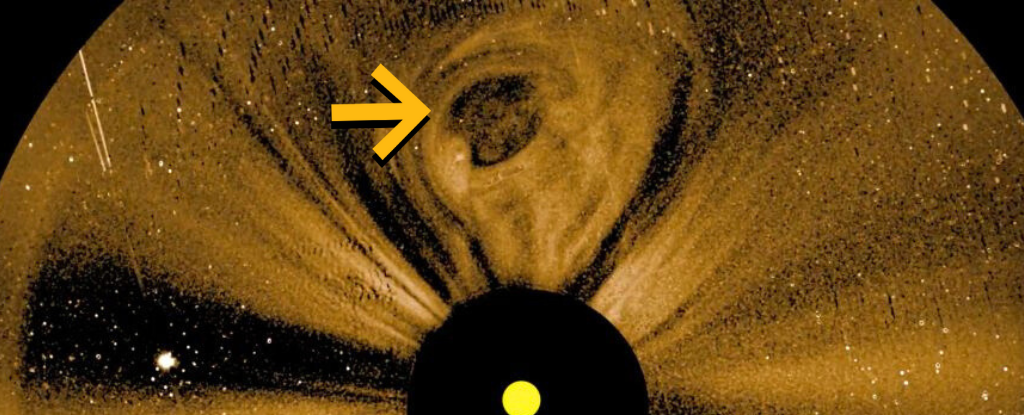
Together, these instruments create a dynamic portrait of solar activity. The WFIs track CMEs as they barrel through space, while the NFI zooms in on their origins, capturing the intricate details of their formation. By stitching these images into videos, scientists can watch CMEs evolve in real-time, from their explosive birth on the Sun to their journey across the solar system. This dual perspective is closing a 60-year gap in our understanding of the region where the Sun’s atmosphere transitions into the solar wind, unlocking secrets that have long eluded researchers.
A Mission to Tame the Sun
PUNCH’s mission is as ambitious as it is vital. Over its two-year lifespan, the spacecraft will deliver continuous, three-dimensional observations of the Sun’s outer atmosphere and the inner solar system. By tracking solar flares and CMEs—events capable of wreaking havoc on Earth’s technological infrastructure—PUNCH aims to revolutionize space weather forecasting. This is no small feat. Accurate predictions could protect astronauts, preserve satellites, and prevent disruptions to global communications and power systems.
Managed by SwRI in Boulder, Colorado, with oversight from NASA’s Goddard Space Flight Center and the Science Mission Directorate in Washington, PUNCH is a testament to collaborative ingenuity. Its four spacecraft, orbiting in precise harmony, are poised to redefine how we monitor and respond to the Sun’s volatile behavior.
What Lies Ahead—and Below the Surface?
The images unveiled at the AAS meeting are just the beginning. “These first images are astonishing, but the best is still yet to come,” DeForest declared. As the spacecraft settle into their final formation over the coming months, their observations will grow even sharper, offering a routine, 3D view of space weather across the inner solar system. Yet, beneath the awe-inspiring visuals lies a sobering reality: the Sun’s power is both beautiful and dangerous. Each CME carries the potential to disrupt life as we know it, and PUNCH’s mission is to shine a light on these cosmic threats before they strike.
As scientists delve deeper into PUNCH’s data, they’re not just chasing stunning images—they’re racing to understand the sinister forces lurking within the Sun’s fiery heart. With every new frame, PUNCH is peeling back the layers of our star’s mysteries, bringing us closer to mastering the art of predicting its fury.

